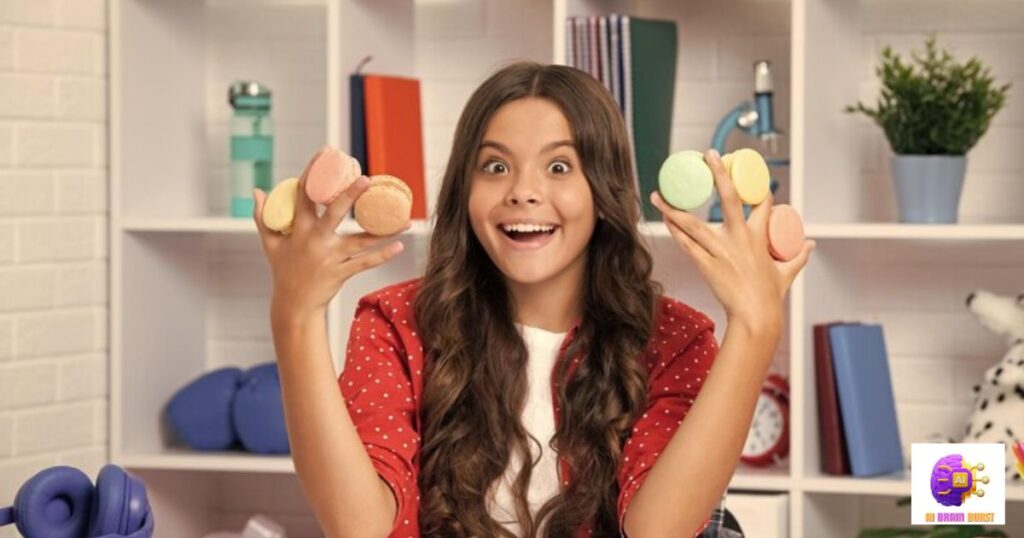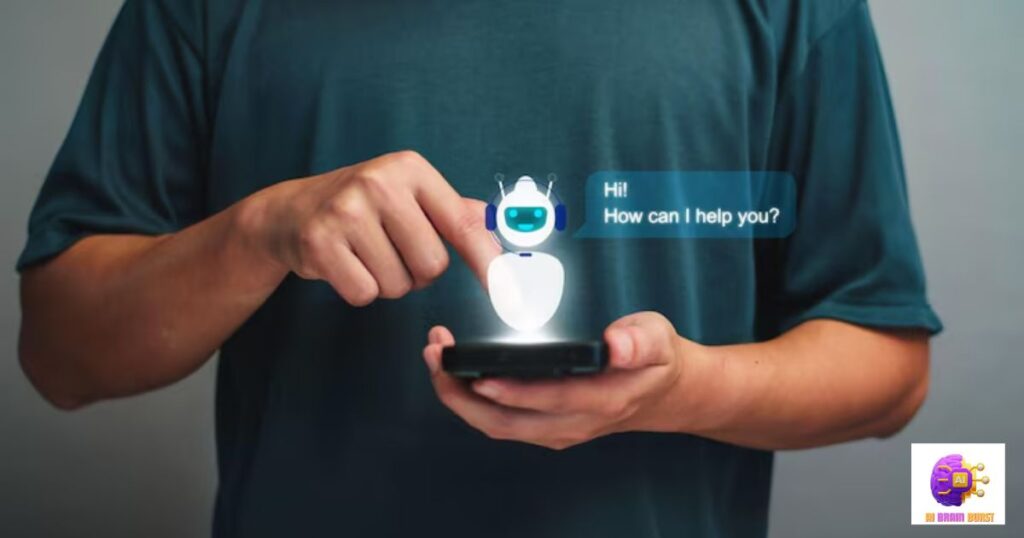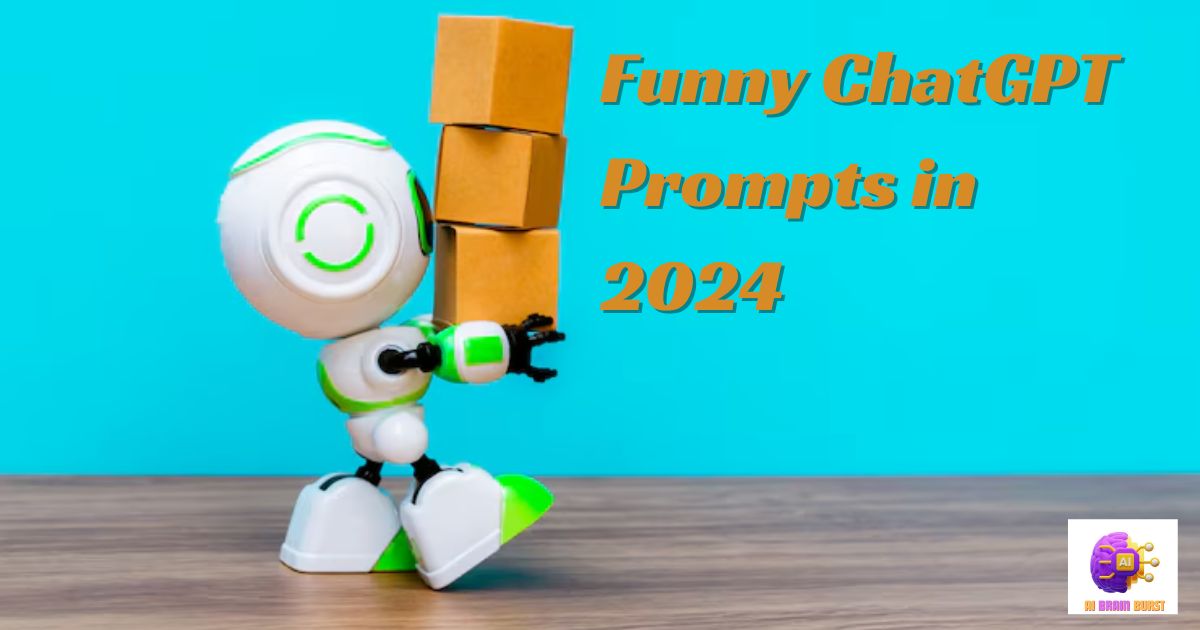What is a ChatGPT Prompt?
A ChatGPT prompt is a question, instruction, or piece of information provided to the ChatGPT language model to generate a response. These prompts can be simple or complex, and they serve as the starting point for the AI’s output. With the right prompts, ChatGPT can produce a wide range of content, from creative writing to code generation, and even humor.
Crafting the Perfect ChatGPT Prompt
Creating an effective ChatGPT prompt is both an art and a science. The key is to provide clear and specific instructions while leaving room for the AI’s creativity to shine. A well-crafted prompt can unleash the full potential of ChatGPT’s language understanding and generation capabilities. ChatGPT Prompts for Every Workflow have become increasingly valuable assets for individuals and businesses looking to harness the power of this advanced language model across various workflows and use cases.
Avoid these common mistakes when crafting prompts:
- Ambiguity: Unclear or vague prompts can lead to confusing or irrelevant responses.
- Contradictory instructions: Providing conflicting or contradictory information in the prompt can confuse the AI.
- Overly restrictive: While specificity is important, being too restrictive can limit the AI’s ability to generate interesting and creative content.
- Lack of context: Failing to provide enough context or background information can result in responses that miss the mark.
Funny Prompts for social media engagement
Social media is a platform where humor thrives, and funny prompts can be a powerful tool for boosting engagement and creating shareable content. Here are some examples:
- “If animals could run social media accounts, what kind of posts would they make?”
- “Imagine you’re a famous celebrity stuck in a bizarre situation. What’s your hilarious tweet about it?”
- “Come up with a punny caption for this wacky photo.”
Prompts for sales and lead generation
While humor may not be the first thing that comes to mind when it comes to sales and lead generation, a well-timed joke or witty prompt can help break the ice and capture attention. Here are some examples:
- “Create a humorous elevator pitch for a product that doesn’t actually exist.”
- “Write a funny cold email subject line that would make someone want to open it.”
- “Craft a lighthearted social media post promoting a new product or service.”
Best Funny ChatGPT Prompts for Content Creation

Content creation is one of the areas where ChatGPT truly shines, and humor can be a powerful tool for engaging audiences and making your content stand out.
Prompts for blog post ideas
- “Pitch me some hilarious blog post ideas about [insert niche topic].”
- “Come up with a funny listicle title that would go viral on social media.”
- “Create a satirical blog post idea poking fun at common industry trends or practices.”
Hilarious Prompts for video content scripts
- “Write a script for a short, humorous skit about [insert scenario].”
- “Create a funny script for a product review video, but exaggerate the product’s features.”
- “Develop a script for a parody video of a popular movie or TV show.”
Understanding Humor in AI
While AI systems like ChatGPT are incredibly powerful, they don’t inherently understand humor in the same way humans do. However, by providing the right prompts and training data, these language models can learn to generate and recognize humorous content.
Icebreaker prompts for social interactions
Humor can be a great way to break the ice and build rapport in social interactions. Here are some prompts to get the conversation flowing:
- “Tell me a funny joke to start our conversation on a lighthearted note.”
- “Share a humorous anecdote or embarrassing story about yourself.”
- “Come up with a witty icebreaker question to ask someone you’ve just met.”
Creative writing prompts for storytelling
Creative writing is a fantastic way to exercise your humor muscles, and ChatGPT can be a valuable tool for generating prompts and story ideas:
- “Pitch me a hilarious plot for a short story or novel.”
- “Create a funny character description for a quirky protagonist.”
- “Develop a humorous dialogue exchange between two unlikely characters.”
Humorous prompts for entertainment
Sometimes, you just need a good laugh, and ChatGPT can be a source of endless entertainment with the right prompts:
- “Tell me a joke that combines [insert two random topics].”
- “Create a humorous scene where inanimate objects come to life and interact with each other.”
- “Write a silly poem or song lyrics about [insert mundane topic].”
Funny ChatGPT Prompts for Specific Industries
While humor is universal, certain industries and fields may have their own unique brand of comedy. Here are some industry-specific prompts to tap into that humor:
Prompts for web development and tech
- “Explain a complex coding concept using hilarious analogies and examples.”
- “Write a funny error message that a programmer would appreciate.”
- “Create a humorous script for a tech support call gone wrong.”
Prompts for education and teachers
- “Come up with a funny classroom activity or lesson plan on [insert subject].”
- “Write a witty response a teacher could give to a student’s silly question or excuse.”
- “Develop a humorous story problem or brain teaser that incorporates puns or wordplay.”
ChatGPT Prompts for Everyday Life

Humor isn’t just for content creation or specific industries – it can also be a valuable tool for navigating everyday life situations. Here are some prompts to help you find the funny side of things:
Funny Prompts for complex problem-solving
- “Explain a complex problem using humorous analogies or metaphors to simplify it.”
- “Write a funny script for a commercial promoting an unconventional solution to a common problem.”
- “Create a humorous story or scenario that illustrates a problem-solving technique or principle.”
Personalizing funny ChatGPT Prompts
While pre-written prompts can be a great starting point, personalizing them to your specific needs and interests can take the humor to the next level. Here are some tips for crafting personalized funny prompts:
- Incorporate your unique experiences, inside jokes, or cultural references.
- Tailor the prompts to your specific audience or target demographic.
- Experiment with different tones and styles of humor that resonate with you.
- Don’t be afraid to get creative and push the boundaries of what’s considered funny.
Crafting Funny Prompts

Creating funny prompts for ChatGPT can be a delightful and rewarding experience. Here are some general tips for crafting humorous prompts:
- Look for opportunities to juxtapose contrasting ideas or concepts for comedic effect.
- Incorporate wordplay, puns, and double entendres (but use them judiciously).
- Exaggerate or stretch the truth in a humorous way.
- Draw inspiration from real-life situations, observations, or personal experiences.
- Experiment with different types of humor, such as sarcasm, irony, or absurdity.
Funny Chat GPT Prompts
Jokes and Puns
- “Tell me a hilarious pun about [insert topic].”
- “Create a ridiculous knock-knock joke that incorporates [insert random word].”
- “Write a silly joke that combines two unlikely subjects or concepts.”
Funny Scenarios
- “Describe a humorous scenario where [insert mundane task] goes horribly wrong.”
- “Imagine a funny situation where a person is stuck in an embarrassing or awkward predicament.”
- “Create a humorous scene where two opposites (e.g., a celebrity and a regular person) unexpectedly meet.”
Play with Personification
- “Write a dialogue between two inanimate objects that have come to life and have a humorous misunderstanding.”
- “Personify a concept or abstract idea (e.g., gravity, time) and have it engage in a funny conversation.”
- “Describe a day in the life of a personified object or animal from a humorous perspective.”
Absurd Comparisons and Associations
- “Compare [insert two completely unrelated things] in a funny and exaggerated way.”
- “Create a humorous analogy that likens [insert concept] to something completely absurd.”
- “Develop a silly metaphor that associates [insert mundane object] with something grandiose or epic.”
Tips for Using Funny Prompts with ChatGPT

| Tip | Description |
|---|---|
| 1. Be Creative | Think outside the box and come up with unique and amusing scenarios or questions. |
| 2. Use Humor | Incorporate humor into your prompts through puns, wordplay, or comedic situations. |
| 3. Keep it Light | Avoid controversial or sensitive topics and focus on lighthearted humor and entertainment. |
| 4. Embrace Absurdity | Don’t be afraid to explore absurd or nonsensical ideas, as they can lead to hilarity. |
| 5. Encourage Interaction | Create prompts that encourage ChatGPT to engage in playful banter or humorous exchanges. |
| 6. Experiment with Tone | Test different tones of humor, such as sarcasm, wit, slapstick, or observational comedy. |
| 7. Stay Playful | Maintain a playful and friendly tone throughout your interactions with ChatGPT. |
| 8. Keep it PG | Remember to keep your prompts family-friendly and suitable for all audiences. |
| 9. Provide Context | Give ChatGPT enough context to understand the humorous situation or question being presented. |
| 10. Have Fun | Enjoy the process of interacting with ChatGPT and exploring the bounds of its comedic capabilities. |
Must Try List of Funny ChatGPT Prompts for Hilarious Answers
To get you started on your journey to endless laughter, here’s a must-try list of funny ChatGPT prompts:
- “Write a hilarious job description for a professional prankster.”
- “Create a humorous advertisement for a product that solves a problem no one has.”
- “Imagine a world where [insert mundane object] rules over humanity. Describe a day in that world.”
- “Tell me a funny story about a time when you (as an AI) misunderstood a human’s instructions.”
- “Write a silly poem about the struggles of being an AI language model.”
Remember, the key to unlocking ChatGPT’s comedic potential lies in crafting prompts that are specific, creative, and tailored to your sense of humor. So, have fun, experiment, and get ready for some side-splitting laughs!
Conclusion
The world of funny ChatGPT prompts is vast and entertaining. Crafting the perfect prompt is an art form. It takes practice, creativity, and a good sense of humor. Don’t be afraid to experiment and push boundaries. The funnier the prompt, the more hilarious the response from ChatGPT.
Injecting humor into everyday life is important. Laughter reduces stress and brings people together. Funny ChatGPT prompts provide an endless source of amusement. They spark imagination and lightheartedness. Give these prompts a try for non-stop laughs and smiles. Humor makes life more enjoyable for everyone.
FAQ’s
What are some good ChatGPT prompts?
There are endless possibilities for good ChatGPT prompts that can produce engaging and humorous responses. Some examples include:
- Asking it to write a funny story or joke about an unexpected scenario (“Tell me a hilarious story about a squirrel who becomes president”)
- Having it create amusing dialogues between unlikely characters or objects (“Write a conversation between a rock and the ocean debating the meaning of life”)
- Prompting it to generate absurd ideas or hypothetical situations (“If cats could talk, what kinds of demands would they make of their owners?”)
- Requesting puns, wordplay, or jokes combining disparate topics (“Give me some hilarious puns that combine quantum physics and baking”)
The key is to frame prompts in a way that allows ChatGPT’s language abilities to stretch into amusing, creative territory while providing enough context to guide its responses.
How do I make ChatGPT prompts better?
To improve your ChatGPT prompts and get better outputs, try these tips:
- Be specific: Give clear context, examples, and parameters to steer ChatGPT in the intended direction.
- Use vivid details: Incorporate descriptive language, hypothetical scenarios, and whimsical constraints to spark ChatGPT’s creativity.
- Start simple, then expand: Begin with straightforward prompts, analyze the responses, and iteratively refine your prompts based on what works well.
- Mirror the desired tone and style: If you want sarcastic humor, incorporate sarcasm. If you want absurdist scenarios, provide absurd examples to set that tone.
- Provide constructive feedback: Let ChatGPT know when responses miss the mark so it can learn and adjust accordingly.
It takes practice, but honing your prompt crafting skills can unlock increasingly clever and amusing outputs.
How do you make good questions to chat on GPT?
To engage in entertaining chat sessions with ChatGPT, focus on formulating open-ended, thought-provoking questions that allow the AI model to showcase its knowledge and language skills. Examples of effective prompts include:
- Asking it to analyze or riff on hypothetical scenarios (“How would the world be different if humans could fly?”)
- Posing creative writing challenges (“Write a short story where inanimate objects come to life”)
- Requesting explanations of complex topics using humorous analogies (“Explain black holes to me, but use examples involving donuts”)
- Having it improvise amusing dialogues or role-playing scenarios (“Act out a conversation between Napoleon and a Starbucks barista”)
Additionally, you can have engaging back-and-forth exchanges by asking follow-up questions that build on ChatGPT’s previous responses, keeping it focused on elaborating its creative ideas.
Does ChatGPT detect cheating?
No, ChatGPT does not have any inherent capability to detect cheating or plagiarism. As an AI language model, it generates responses based solely on the inputs (prompts) it receives and the data it was trained on.
However, there are tools and services that integrate ChatGPT’s functionality with plagiarism detection algorithms. These can compare ChatGPT’s outputs against existing text sources to identify potential instances of academic dishonesty or copyright infringement.
It’s also worth noting that many educational institutions and workplaces have policies prohibiting the use of AI writing assistants like ChatGPT for certain assignments or tasks, even if the outputs are technically original. Users should familiarize themselves with and adhere to the relevant guidelines.
Ultimately, while ChatGPT itself cannot detect cheating, its outputs can be scrutinized by other systems to maintain academic integrity and uphold ethical standards.
How do I use ChatGPT smartly?
To get the most out of ChatGPT and use it smartly, follow these tips:
- Understand its limitations: ChatGPT is incredibly capable, but it has gaps in its knowledge and can produce incorrect or biased information. Fact-check important outputs.
- Provide clear context: Give sufficient background details and parameters in your prompts to focus ChatGPT’s responses accurately.
- Break down complex tasks: For intricate goals, break them into a series of straightforward prompts and build upon previous responses iteratively.
- Leverage examples and analogies: Give concrete examples of what you’re looking for to steer ChatGPT, and ask it to explain concepts using illustrative analogies.
- Vary your prompts: Rephrase instructions in different ways and combine multiple approaches to push ChatGPT into more creative spaces.
- Review outputs critically: Analyze ChatGPT’s responses to detect potential omissions, contradictions, or lack of clarity, then refine prompts accordingly.
Smart prompt engineering, iterative refinement, and judicious validation of outputs are key to unlocking ChatGPT’s full potential while circumventing its shortcomings.








